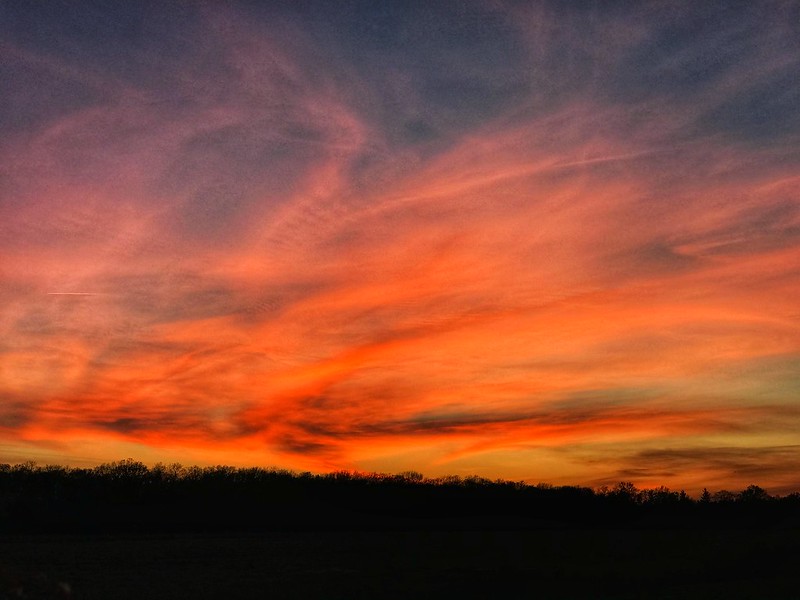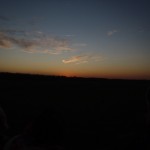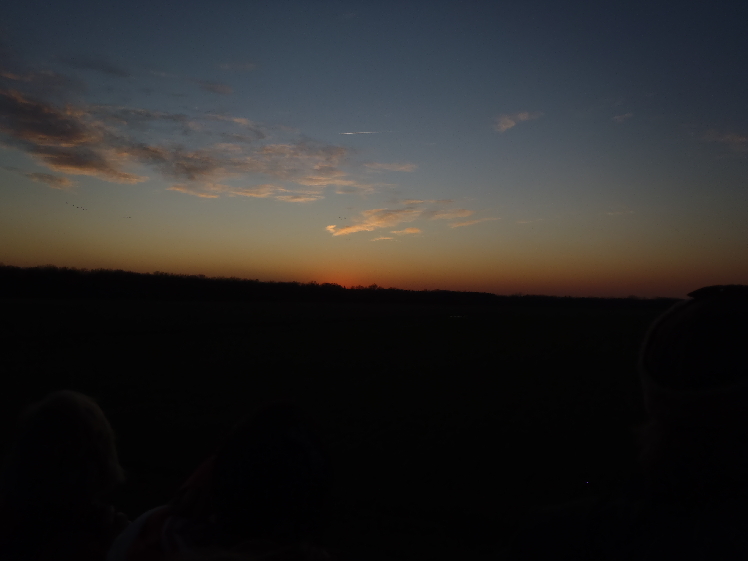
Tag Archives: idnr
The call of sandhill cranes at Jasper Pulaski in Indiana
A gathering of cranes
On Sunday, November 13, I met J. at the Starbucks near the Homewood train station, where we began our trip to Jasper Pulaski Fish and Wildlife Area in Indiana. Here each November and December thousands of sandhill cranes congregate on their way south to Georgia and Florida.
As with some of our visits to other state areas, most of the journey was pretty straightforward until the very end, at which point we couldn’t figure out where or how to get in. We ended up on gravel roads, with no sign of an observation tower or, more urgently, a loo. Finally we parked in a small lot and walked back toward the road, where J. flagged down a passing car whose driver happened to know exactly where to send us. What a relief — in every sense. I have to admit that every step of this quarter-mile walk was excruciatingly painful for me thanks to the worst sciatic flareup I’ve had. (By Monday night I wouldn’t be able to walk and would have to take a cab home from work.)
At last we found the cranes in a nondescript field, the primary feature of which seems to be the lack of human habitation and farming activity. I haven’t read much about the habitat here, but it must offer a comfortable food supply, for the herd of cranes had been joined by another herd — one consisting of several dozen impressively sized deer. It was hard to tell which herd the observers, which ranged in age from under 8 to about 80, found more interesting. Don’t suburbanites see enough deer in their backyards? There’s something special about seeing them in the “wild,” as it were.
In my state, I’d forgotten to bring my binoculars from the car, so I didn’t get a good look at the flock; they kept their distance. I’m not sure how J.’s photos will turn out.
Then, about an hour before sunset, more cranes started to fly in, in groups of about six to eighteen. They kept coming and coming and coming, tapering off only as the twilight deepened, many flying overhead, delicately silhouetted against the sky and croaking in that eerie way sandhill cranes have. When I’d first walked up, I had heard them before I’d seen them.
Not for the first time I thought about how the country must have been 200 or 300 years ago, when some bird congregations could number in the hundreds of thousands or even millions. Now the only limitless species seem to be the European house sparrow and the European starling. Even so, the little groups coming in for the night were a wondrous sight.
I had been surprised by the number of people spending their Sunday with the cranes (although several seemed to be keeping up with various football contests) and by how many, like J., stayed until it was too dark to take photos or to see the cranes.
On the way back we stopped at a restaurant where we seemed to be the only patrons, a place that still offers a smoking area (still used, judging from the pervasive odor that I’d hoped to forget someday).
Like much of Illinois, Indiana is flat and featureless. I’ve always been glad to book trips on Amtrak trains that pass through Indiana primarily during the darkest night hours, when all that can be seen are the circles of light at countless stations, warehouses, depots, parking lots, and small businesses and industries. That’s true elsewhere in the east, but at least a place like Pennsylvania can boast forested mountains and burbling (if polluted) creeks. Earlier, while passing the trailers (singles and doubles) and the decaying farm houses and deteriorating barns, I thought of all the beautifully maintained, neat farmhouses and barns nestled on bucolic lanes we’d passed in Wisconsin and I could think only one thing:
Cows must pay better than corn and industrial farming.



